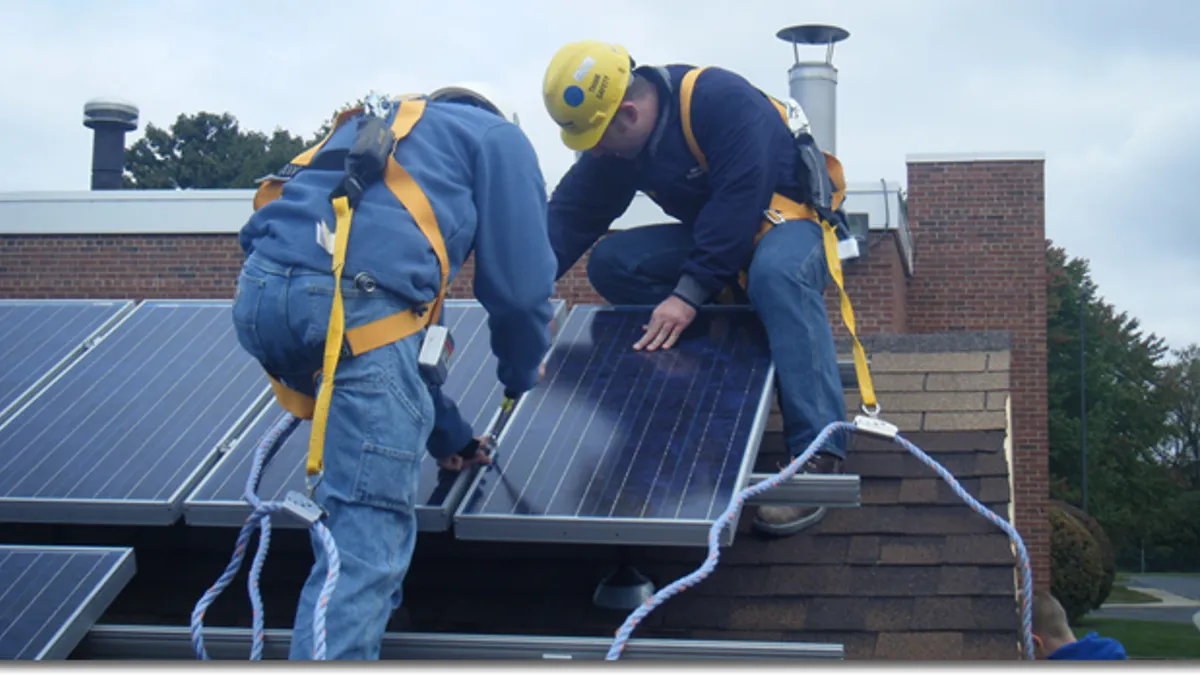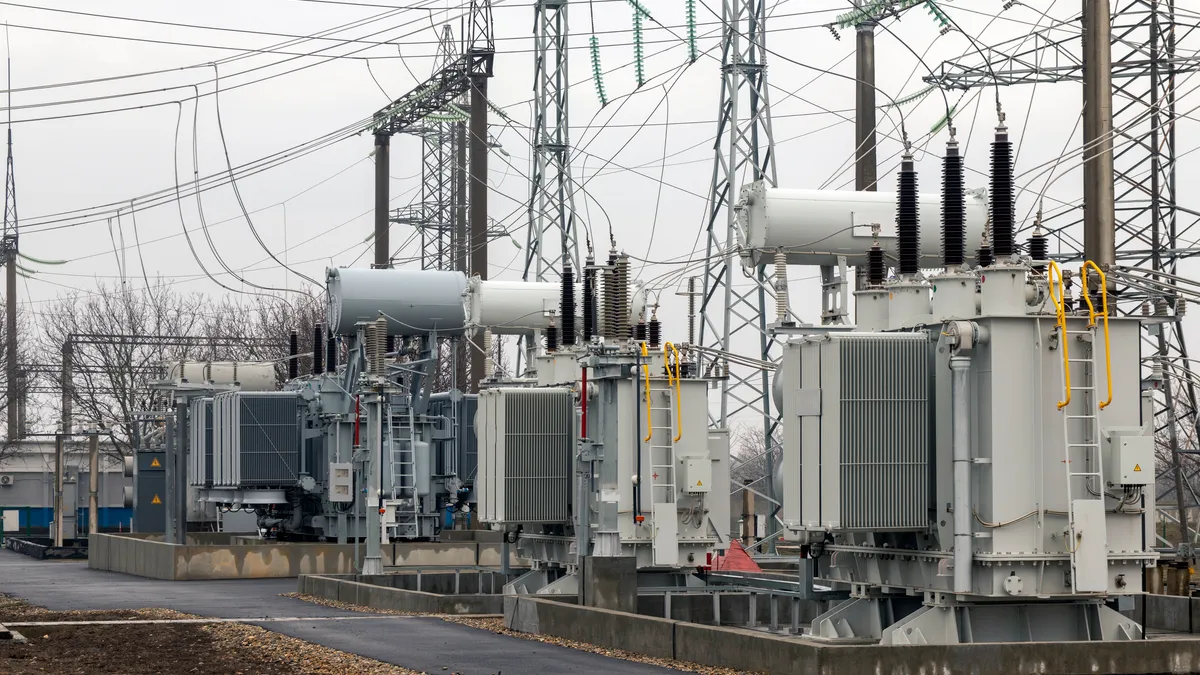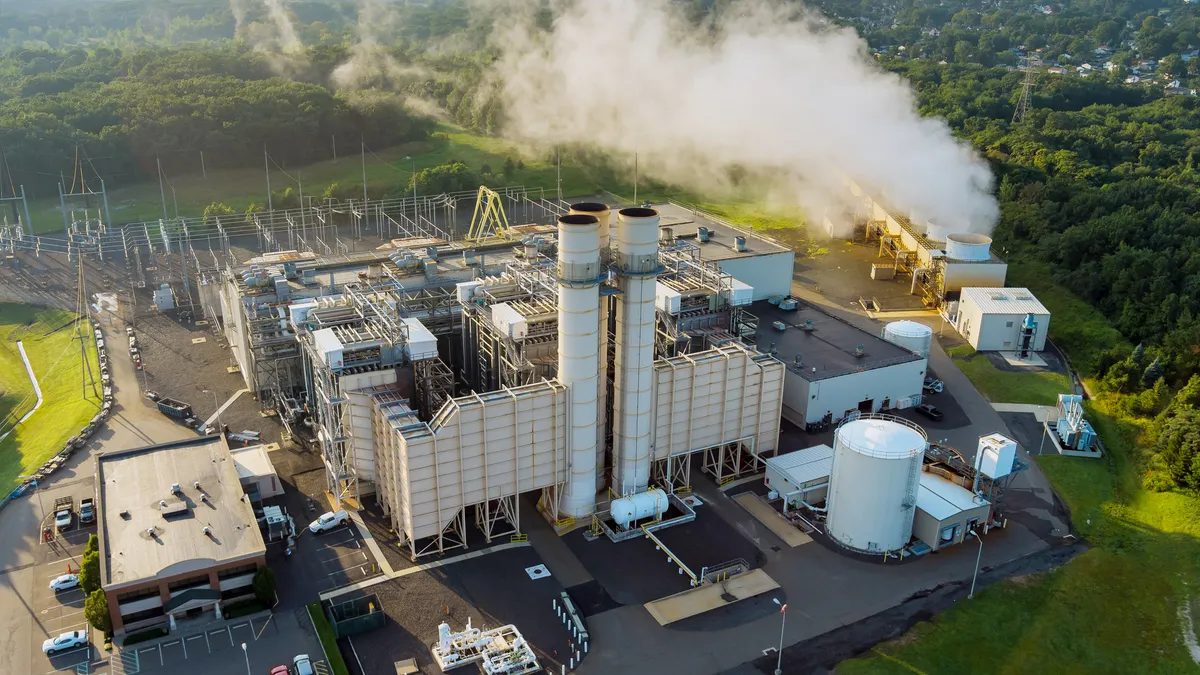South Carolina’s solar advocates, utilities, electric cooperatives, and regulators are doing something almost no other state has done: Getting ready for high solar penetration before it hits.
Many think the preparation will lead to something unprecedented: Booming solar growth without bitter utilities.
“In other states there has been a lot of adoption, and then they discovered they had policies that were causing big fights,” explained Electric Cooperatives of South Carolina Government Relations Vice President John Frick. "As use increases, rate structure issues get bigger and technical issues come quickly, like a tipping point, at higher penetrations. Our idea was to get ahead of mass adoption so it would not be necessary to correct messy policy later.”
South Carolina’s electric rates have long been among the lowest in the country. But two of its three leading utilities—South Carolina Electric and Gas, a subsidiary of SCANA Corporation, and the publicly-owned Santee Cooper—partnered on two new units for the V.C. Summer Nuclear Station.
Seven rate increases to pay for construction costs followed. And in-service dates, once thought to be 2016 or 2017, are now expected to be nearer 2019 or 2020. Meanwhile, the installed cost of solar dropped 19% in 2013 and is expected to drop another 14% in 2014.
Act 236: The law to change it all for solar
To study the emerging solar opportunity, a South Carolina General Assembly-created oversight group organized a coalition of environmentalists, solar advocates, and utilities and electric cooperatives into an Energy Advisory Council. Act 236 was formulated out of its report.
Passed unanimously, Act 236 promises major changes for South Carolina solar, Frick said.
First, it requires regulators to approve a Value of Solar (VOS) methodology. “We wanted a methodology or equation with some durability that utilities could use in developing rate structures,” Frick explained. “The methodology was to value what DERs [distributed energy resources] are worth to the system.”
A second provision establishes the legality of third party ownership (TPO) of rooftop solar. South Carolina is one of the first states in the Deep South to allow solar leasing. With TPO financing, large funds own solar and lease it to homeowners on whose roofs it is built. The funds take all ownership responsibilities and the homeowners get discounted utility bills with little to no upfront costs. TPO has driven solar booms in every state where it is used.
A third provision of Act 236 requires that SCE&G and Duke Energy Carolinas commit to getting 2% of their 5-year rolling peak load average from renewables by the end of 2020. Half of that has to be DERs. “Even the utility-scale generation cannot be over 10 megawatts,” Frick said, “so the utility cannot just build a 100 megawatt project and be done.”
The Act also expands restrictions on the cap and commercial system size of covered installations under whatever net metering-type rate structure emerges from the VOS proceeding, said South Carolina Coastal Conservation League Energy and Climate Director Hamilton Davis
“We had a 0.2% cap on the total capacity of any utility’s peak capacity that could be net metered," Davis told Utility Dive. "The legislation increased that to 2%. And the commercial system size was capped at 100 kilowatts. That was moved up to 1 megawatt.”
Finally, the act requires regulators “to harmonize rate structures with the new environment of increasing levels of DER,” Frick said. “The current rate structure is a remnant of an old system. The big question is how to structure rates in a world of people putting energy back into the system and using less from the system.”
Utilities weigh in
One South Carolina utility executive believes Act 236 can work and be fair.
“The way I read the legislation is ‘Let’s figure out the new net metering equation and not have one customer subsidizing another. But, since we need to encourage early adoption of DERs, we will limit what we are asking of consumers,’” explained CEO Robert Hochstetler of Central Electric Power Cooperative, which distributes about a third of South Carolina’s generation through the state’s 20 electric cooperatives.
“The Act limits the monthly burden on IOU ratepayers to $1 for residential consumers, $10 for commercial consumers, and $100 for industrial consumers,” Hochstetler said. “Coops are only required to report potential impacts of the Act to the commission. But we will need to do something similar because things go wrong in the coop world when they aren't relatively similar for the people we serve and other consumers.”
“One thing we have to be very careful of is cross-subsidization,” said York Electric Cooperative CEO Paul Basha, who is not sure about the new law. “We want to offer solar but we cannot subsidize it because the vast majority of our members do not want solar and the last thing we want to do is put charges on their bill to subsidize somebody else.”
The value of solar methodology and the solar 'land grab'
The VOS methodology debate will determine whether there is a cross subsidy. It will also inform future rate structures and the new net metering provision. It is ongoing. Participants, including many who helped write Act 236, will soon know if they can sustain the collaborative spirit that produced the law. If a completed VOS methodology appears unlikely to be achieved by the March 31, 2015, deadline, a contested regulatory proceeding will be necessary. Testimony and filings will begin December 11.
“Net metering is a tough issue,” Hochstetler said. “This proceeding will determine what should be included in costs and benefits. They have to be quantifiable and measurable. Defining those terms for use in formal proceedings is intended to give regulators and stakeholders less to argue about.”
York Electric owns an 8-kilowatt system for its offices and serves surburban Charlotte, where interest is higher in solar than in rural parts of the state. But Basha has seen little interest in offers to provide members with preferred vendors, new system quality assurance, or system maintenance. There has been some interest in community solar.
“Some folks say solar will bust open when the details of Act 236 are worked out,” he said. “But some say it will be a lot more subdued. I don’t know. We are going to sit back.”
Hochstetler, on the other hand, is concerned for his members because representatives of solar companies are aggressively pursuing landowners.
They represent “big reputable companies that want to build massive utility-scale projects and smaller companies planning 1-megawatt and 2-megawatt installations,” he said.
“It feels like a land-grab. Farmers are finding flyers on their cars when they come out of church that say, ‘if you have 200 acres near a power line, call me.’”
Their land could be valuable, Hochstetler tells members, but they better check the company making the offer and get legal advice.
“We definitely have uncertainty right now and essentially everything is at a standstill,” Davis said. “But there are expectations about the utility programs offering better incentives and better investment opportunities. I think we will have a lot of activity in solar once this Act is implemented next year.”




















